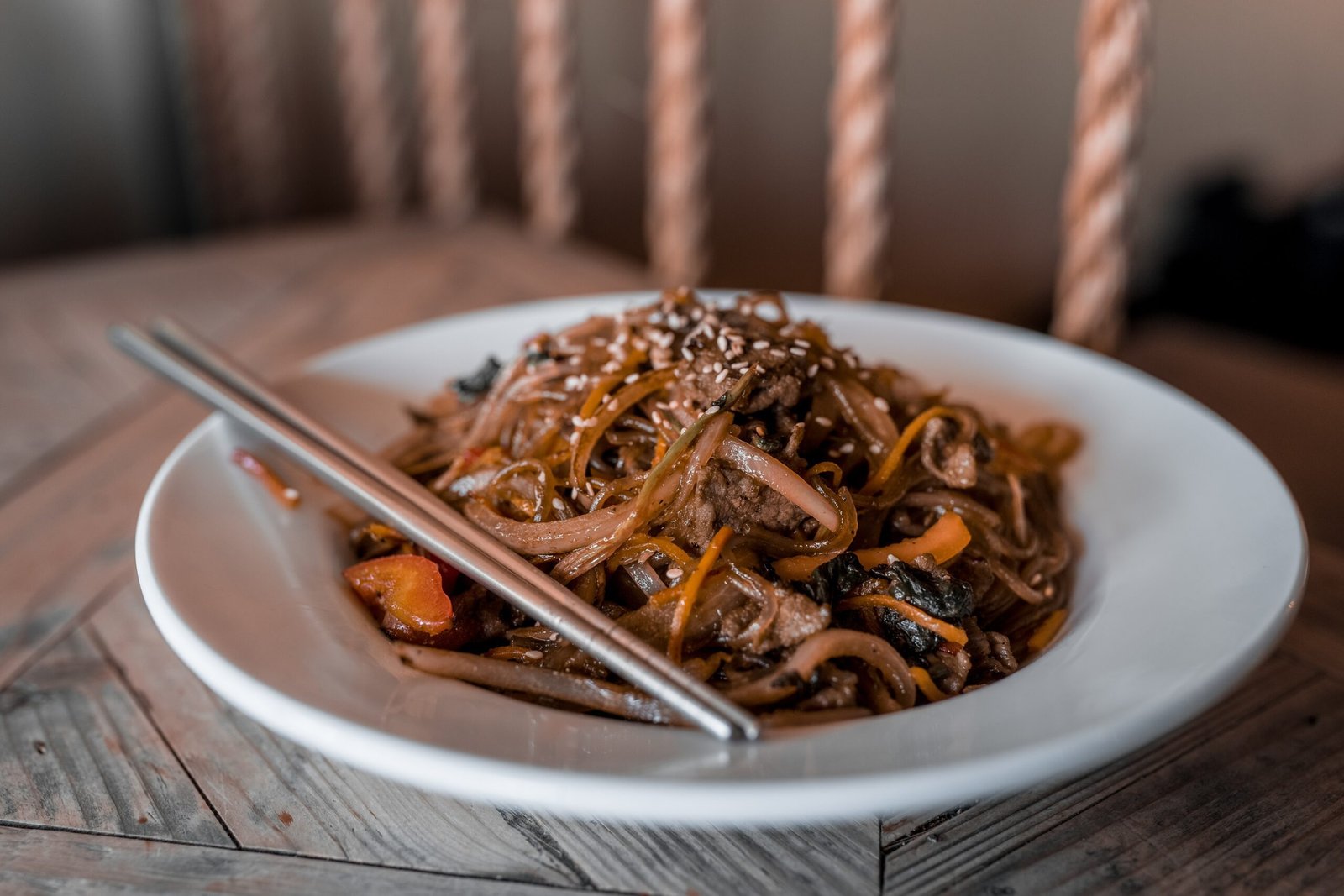If you’re someone who loves exploring different cultures and trying out new and unique dishes, then you’ve probably encountered Korean rice cakes, known as tteok. These delightful and chewy treats are a staple in Korean cuisine, especially during celebrations and special occasions. But how do you properly prepare and enjoy these delectable rice cakes? In this article, we’ll uncover the secrets to making and savoring tteok, ensuring that you have a memorable and enjoyable experience during your next celebration.
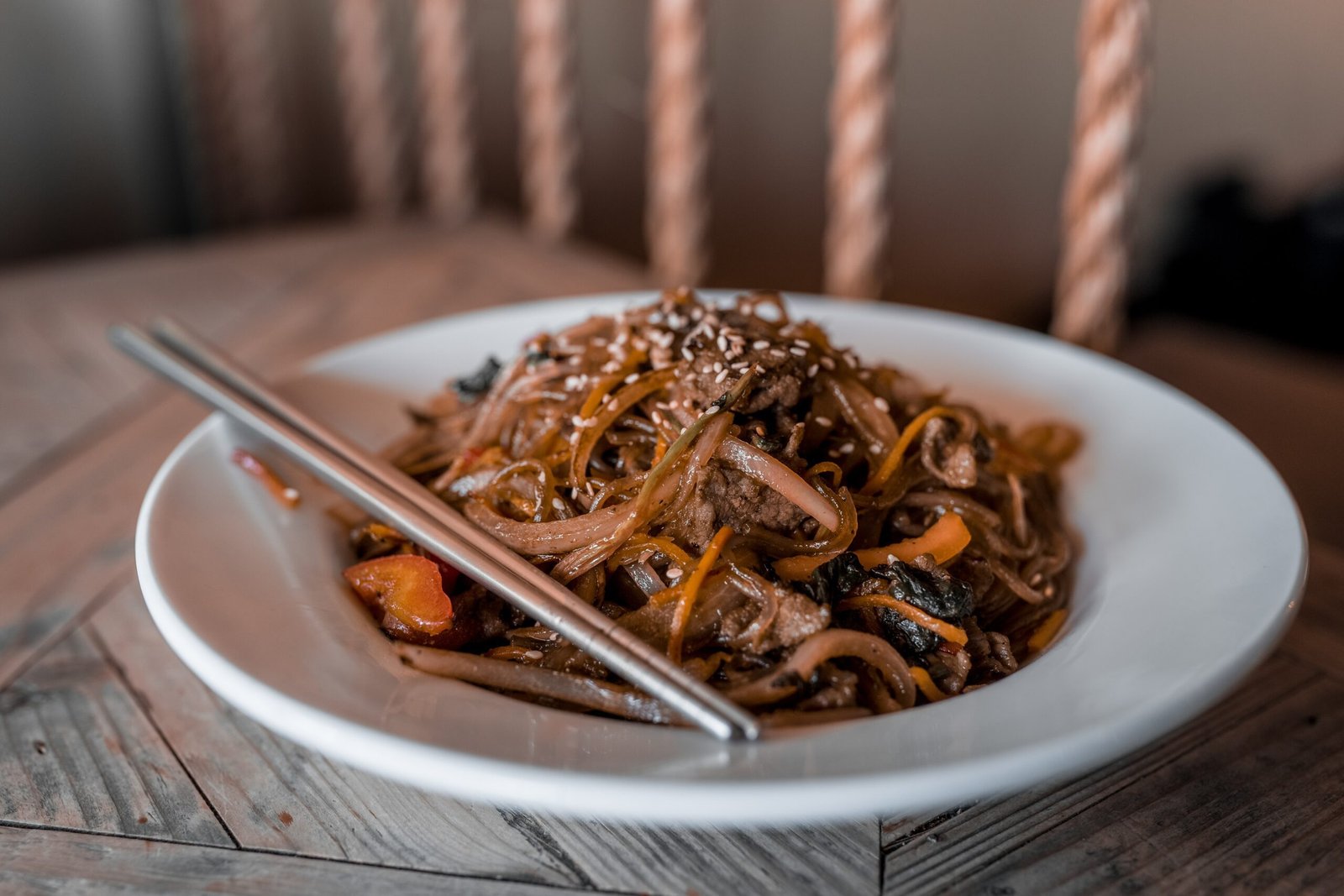
Choosing and Soaking the Rice
Selecting the Right Rice
When it comes to making delicious Korean rice cakes, choosing the right type of rice is crucial. In Korea, short-grain rice, also known as glutinous or sweet rice, is commonly used. This type of rice has a high starch content, which gives the rice cakes their desired chewy texture. Look for a variety labeled as “sweet rice” or “glutinous rice” in your local Asian grocery store.
Washing the Rice
Before soaking the rice, it’s important to give it a good rinse to remove any impurities or excess starch. Place the rice in a bowl and cover it with water. Use your hands to gently swirl the rice around, allowing the water to become cloudy. Drain the water and repeat this process a few times until the water runs clear. This helps to ensure that the rice cakes won’t become too sticky or mushy during the cooking process.
Soaking the Rice
After washing the rice, it’s time to soak it. Soaking the rice helps to soften it and ensures that the rice cakes have a pleasant texture. Place the washed rice in a large bowl and add enough water to fully submerge it. Let the rice soak for at least 6 hours or overnight. This extended soaking time allows the rice to fully absorb water and become plump and tender.
Preparing the Rice Cake Dough
Draining and Grinding the Rice
Once the rice has finished soaking, drain the water and transfer the rice to a colander or a fine-mesh sieve. Let the excess water drip off for a few minutes. Then, using a grinding tool such as a blender or a food processor, grind the soaked rice into a smooth paste. This ground rice will be the base of your rice cake dough.
Mixing the Rice Flour
In a large mixing bowl, combine the ground rice with water. The amount of water required may vary depending on the consistency of the rice flour. Start by adding a small amount of water and gradually add more as needed. Mix the rice flour and water together until you achieve a thick and smooth batter-like consistency. The rice flour should be fully hydrated, but not too runny.
Kneading the Dough
To ensure a proper homogenous texture, knead the dough thoroughly. Sprinkle a small amount of rice flour on a clean surface to prevent the dough from sticking. Transfer the rice flour mixture onto the floured surface and knead it with your hands. Fold, press, and stretch the dough, working it until it becomes smooth and elastic. This step is essential for developing the desired chewiness of the rice cakes.
Shaping the Dough
Once the dough is kneaded to perfection, it’s time to shape it into the desired form. For traditional cylindrical rice cakes, roll the dough into a long log shape. You can also shape the dough into smaller balls for bite-sized rice cakes. Feel free to get creative with different shapes and sizes. Now, your rice cake dough is ready to be steamed.

Steaming the Rice Cake
Preparing the Steamer
To steam the rice cakes, you’ll need a steamer. A bamboo steamer, metal steamer, or even a steamer attachment on your stovetop can be used. Fill the bottom of the steamer with water and bring it to a boil. Line the steamer tray with a damp cloth or parchment paper to prevent the rice cakes from sticking.
Cooking the Rice Cake
Place the shaped rice cake dough onto the prepared steamer tray, making sure to leave some space between each cake to allow for expansion. Carefully place the steamer tray onto the steamer, cover it with a lid, and steam the rice cakes for about 20-30 minutes, depending on the size and thickness. The rice cakes are cooked when they turn slightly translucent and become tender to the touch.
Checking for Doneness
To check if the rice cakes are done, insert a toothpick or skewer into the center of one of the cakes. If it comes out clean and the cake feels soft and pliable, they are fully cooked. If the toothpick comes out with a sticky residue or the cake feels firm, continue steaming for a few more minutes. Be careful not to overcook the rice cakes as they may become too mushy.
Making Sweet Rice Cake (Injeolmi)
Gathering the Ingredients
To make delicious sweet rice cakes, gather the following ingredients: soaked and ground rice, sweetener (such as sugar or honey), and toppings of your choice, such as roasted soybean powder (konggaru), sesame seeds, or chopped nuts. These toppings add flavor and texture to the rice cakes.
Mixing the Rice Flour with Sweetener
In a mixing bowl, combine the ground rice with your desired amount of sweetener. The amount of sweetener can vary depending on personal preference. Start with a small amount and taste the mixture, gradually adding more sweetener until it reaches your desired level of sweetness. Mix the rice flour and sweetener together until fully incorporated.
Coating the Rice Cake with Toppings
Now it’s time to give your sweet rice cakes a flavorful and visually appealing coating. Roll each cooked rice cake in the toppings of your choice, such as roasted soybean powder, sesame seeds, or chopped nuts. Make sure to coat each rice cake evenly for a beautiful presentation. These toppings not only enhance the taste of the rice cakes but also provide a delightful crunch.
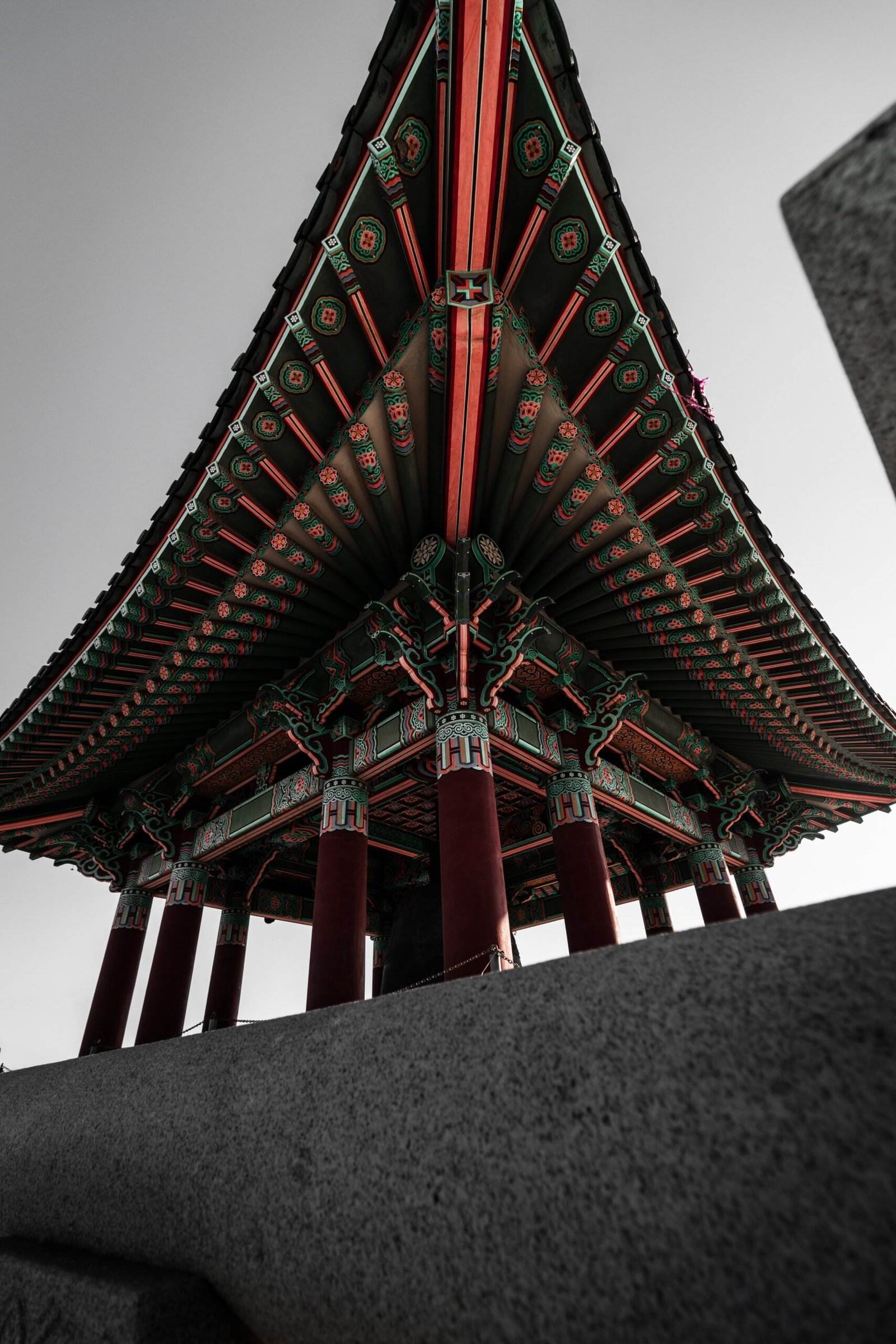
Preparing Chewy Rice Cake (Garaetteok)
Choosing the Ingredients
To make chewy rice cakes, you will need short-grain rice, salt, and water. Unlike sweet rice cakes, chewy rice cakes do not require soaking. The dough is made by grinding the raw rice into a paste and then cooking it.
Grinding the Rice into a Paste
In a blender or food processor, grind the uncooked rice into a fine paste. Add a small amount of water to assist with grinding if necessary. The resulting paste should be smooth and thick.
Kneading and Shaping the Dough
Transfer the rice paste into a mixing bowl and add salt. Knead the mixture thoroughly until the salt is fully incorporated. Sprinkle a clean surface with rice flour and shape the dough into a long log or small individual pieces. The rice dough should be firm and pliable.
Cooking the Chewy Rice Cake
Bring a large pot of water to a boil. Carefully add the shaped rice dough into the boiling water, making sure not to overcrowd the pot. Cook the rice cakes for about 10-15 minutes or until they float to the surface. Once they float, continue cooking for an additional 1-2 minutes to ensure they are fully cooked. Remove the cooked rice cakes from the pot and drain any excess water.
Frying Rice Cakes (Tteokbokki)
Gathering the Ingredients
To make the popular Korean dish, tteokbokki, gather the following ingredients: rice cakes, fish cakes, gochujang (Korean red chili paste), soy sauce, sugar, garlic, onion, green onions, and water. These ingredients come together to create a flavorful and spicy sauce that coats the rice cakes.
Prepping the Rice Cakes
Before cooking, soak the rice cakes in warm water for a few minutes to soften them. This helps ensure that the rice cakes have the perfect texture when cooked in the tteokbokki sauce. Drain the soaked rice cakes and set them aside.
Cooking the Tteokbokki Sauce
In a large pan or wok, heat some oil and sauté minced garlic and chopped onions until fragrant and golden. Add water, gochujang, soy sauce, and sugar to the pan, stirring well until the ingredients are fully combined. Bring the sauce to a simmer, allowing it to thicken slightly.
Simmering the Dish
Once the tteokbokki sauce has thickened, add the soaked rice cakes and fish cakes to the pan. Gently stir everything together, ensuring that the rice cakes are evenly coated with the sauce. Continue cooking on medium heat for about 5-10 minutes, or until the rice cakes become tender and the sauce has coated them thoroughly. Stir occasionally to prevent sticking and burning.
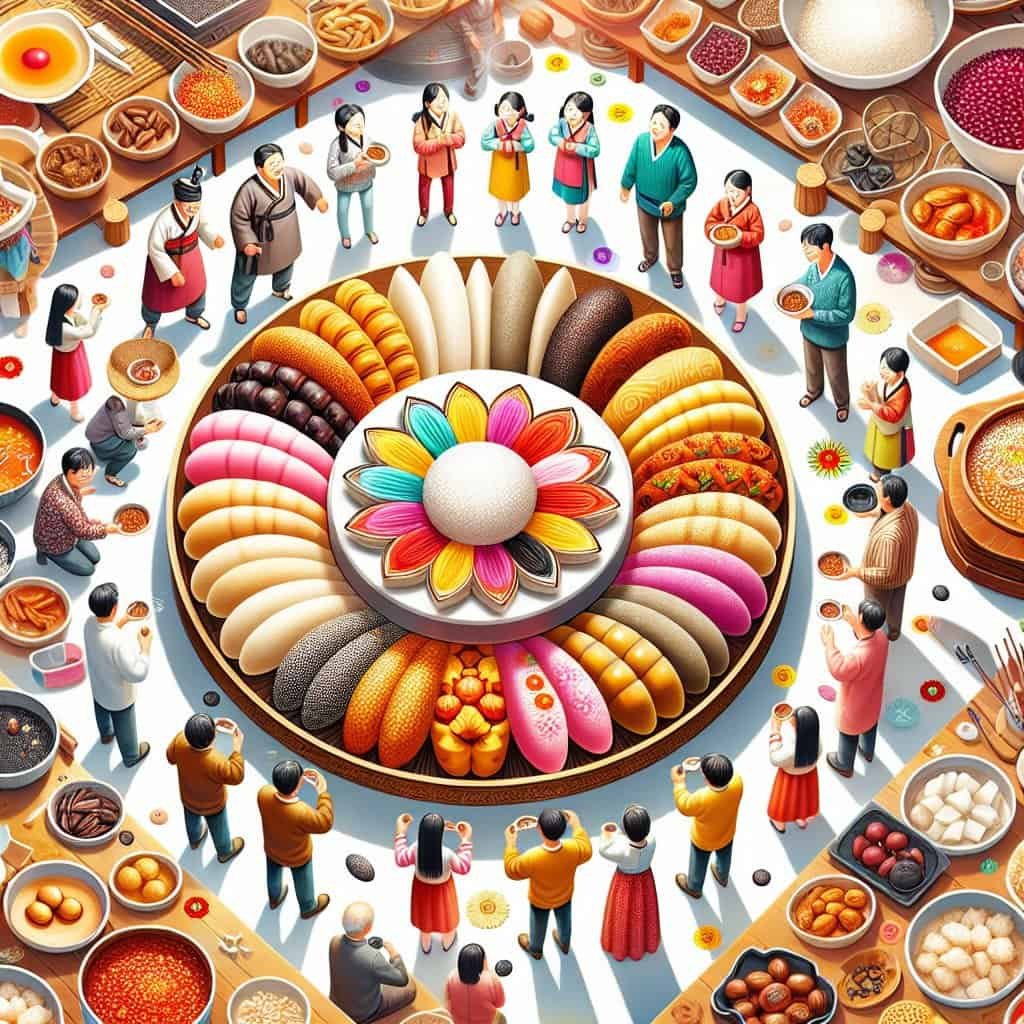
Stuffing Rice Cakes (Gyeongdan)
Preparing the Filling
For stuffed rice cakes, known as gyeongdan, you can use various fillings such as sweetened sesame seed powder, sweet red bean paste, or chopped nuts. Prepare the desired filling by either making it from scratch or purchasing pre-made fillings from a store.
Shaping the Rice Dough
Take a small portion of rice dough and flatten it in your palm. Place a small amount of filling in the center and carefully fold the dough over, sealing the filling inside. Roll the stuffed rice ball between your palms to create a smooth shape. Repeat the process until all the dough and filling are used.
Stuffing and Coating the Rice Balls
Take each rice ball and roll it in a coating of your choice, such as ground sesame seeds, shredded coconut, or cocoa powder. Ensure that the coating evenly covers the surface of the rice balls for an appealing appearance. The combination of the chewy rice cake and the sweet or nutty filling creates a delightful treat.
Making Rice Cake Soup (Tteokguk)
Preparing the Broth
To make rice cake soup, known as tteokguk, begin by preparing the flavorful broth. In a large pot, boil beef or anchovy broth along with garlic, onion, and soy sauce. This forms the base for the soup and adds depth of flavor.
Cutting the Rice Cakes
Slice the cooked rice cakes into thin oval shapes. The thin slices of rice cake represent coins and symbolize prosperity and good luck in Korean culture. Cutting the rice cakes thinly ensures they cook quickly and evenly in the soup.
Boiling the Rice Cake Soup
Add the sliced rice cakes to the prepared broth and cook until they become tender. Stir occasionally to prevent them from sticking to the bottom of the pot. The soup should be simmered until the flavors meld together, creating a comforting and satisfying dish.
Garnishing and Serving
Once the rice cake soup is cooked, it’s time to garnish and serve it. Top the soup with thinly sliced cooked beef, shredded egg, sliced green onions, and toasted seaweed for added flavor and visual appeal. The combination of the soft and chewy rice cakes with the flavorful broth makes for a wonderful celebration dish.
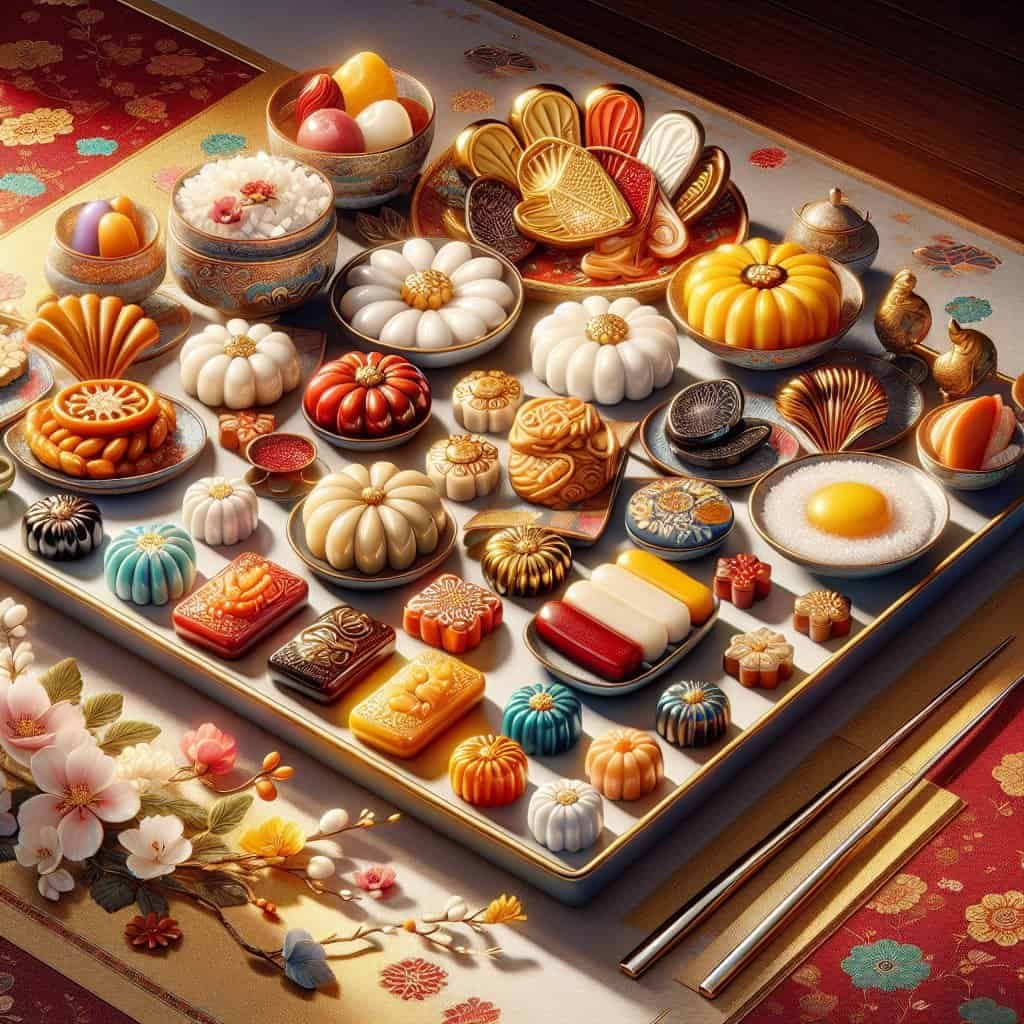
Enjoying Rice Cakes During Celebrations
Understanding the Significance
Rice cakes hold great cultural significance in Korean celebrations, especially during Lunar New Year or Chuseok (Korean harvest festival). They symbolize good luck, prosperity, and a bountiful harvest. The act of making and sharing rice cakes has become a cherished tradition that brings families and communities together.
Serving Rice Cakes as a Ritual
When serving rice cakes during celebrations, it is customary to include a variety of shapes and colors. Each shape represents something meaningful, such as long life, wealth, or a bright future. Serving rice cakes in a ceremonial manner pays homage to ancestral traditions and creates a sense of unity and respect for the past.
Sharing Rice Cakes with Loved Ones
One of the joys of making rice cakes is sharing them with loved ones. Whether it’s with family, friends, or neighbors, the act of giving and receiving rice cakes fosters a sense of community and connection. Sharing the delicious creations with others is a gesture of goodwill and symbolizes the wish for a happy and prosperous year ahead.
Common Mistakes to Avoid
Over-Soaking or Under-Soaking the Rice
Properly soaking the rice is crucial for the right texture in rice cakes. Over-soaking can make the rice too soft and mushy, while under-soaking can result in hard and undercooked rice cakes. Follow the recommended soaking time to ensure the perfect balance of tenderness and chewiness.
Using Incorrect Rice Flour
When making rice cakes, it’s important to use the correct type of rice flour. Regular rice flour or other flour substitutes will not yield the desired texture. Look for rice flour specifically labeled as “sweet rice flour” or “glutinous rice flour” to achieve the signature chewiness of Korean rice cakes.
Overcooking or Undercooking the Rice Cakes
Steaming, boiling, or frying the rice cakes for too long can make them overly mushy, while undercooking them can result in a tough and chewy texture. Follow the recommended cooking times and test the doneness by checking the texture of the rice cakes with a toothpick or skewer.
By following these steps and avoiding some common mistakes, you can confidently prepare and enjoy Korean rice cakes during celebrations. Whether you choose to make sweet rice cakes, chewy rice cakes, stuffed rice cakes, or rice cake soup, these beloved treats will bring joy and happiness to your festive gatherings. So gather your loved ones, get creative in the kitchen, and indulge in the delightful world of Korean rice cakes.
